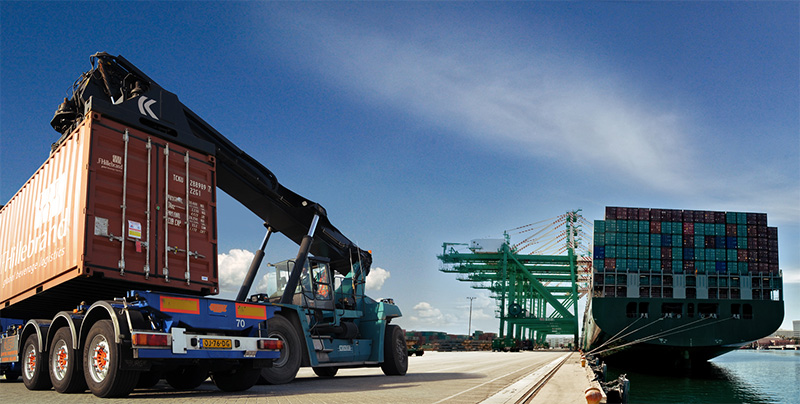13 FEB 
BOC Prepares For "Switch-On" Mode For Air-cargo Manifest e-lodgment
The Philippine Bureau of Customs (BOC) will soon implement the “switch-on” mode for the electronic submission of airfreight manifest.
This means stakeholders will be required to submit electronically all air cargo manifests with the BOC through value-added service providers; late manifests will also incur penalties.
In a memorandum dated February 8, BOC-Ninoy Aquino International Airport (NAIA) officer-in-charge deputy collector for operations Ramon Anquilan ordered the strict observation of guidelines of Customs Memorandum Order (CMO) No. 10-2015 for the mandatory submission of manifests for air cargo. The order was addressed to BOC officials, value-added service providers (VASPs), and other concerned entities and stakeholders.
This, Anquilan said, is in preparation for the “switching on” of air cargo manifest submission, which will initially apply to air shipments at NAIA.
“Violations for cases of un-manifested cargo, late submission of manifests, non-submission of supplemental manifests, rules on amendment of manifests and the like shall be firmly dealt with and the corresponding penalties therefor sternly apply,” Anquilan added.
In May 2015, BOC began to implement CMO No. 10-2015, which mandates that all manifests for air cargo be filed electronically with the BOC through VASPs. But this was done in “switch-off” status as part of the program’s pilot testing.
With the switch-on mode, all electronic import entry declarations lodged by customs brokers in BOC’s electronic-to-mobile (e2m) system are automatically “matched” with details of the electronic master AWB/house AWB (HAWB), precluding the need for manual intervention.
If the corresponding e-MAWB/HAWB is not found in the e2m, the system will reject the import entry lodged and transmit an error message to the VASP used by the customs broker.
The “not found” message means the electronic inward foreign manifest or e-IFM/electronic cargo consolidated manifest or e-CCM has not been “validated” in the e2m.
Included import entry declarations are consumption, warehousing, and transhipment (involving Philippine Export Zone Authority areas, freeports, and port-to-port).
BOC noted that the AWB of informal entries will be manually discharged after payment of customs duties and taxes.
Switch-on mode also means penalties will be imposed on late manifests.
Cutoff time for submitting e-IFMs is upon arrival of the aircraft if the port of loading is in Asia, and four hours before aircraft arrival if the port of loading is located other than Asia.
BOC noted that if an airline or air express operator submits the e-IFM after cutoff, it is considered a late submission subject to a penalty of P10,000.
As for the e-CCM, cutoff is one hour after the aircraft has arrived. If the e-IFM is submitted late, the e-CCM will be accepted without penalty if submission through the e2m does not exceed 24 hours after the e-IFM is registered by the Office of the Deputy Collector for Operations.
The no-penalty policy will also apply if e-IFMs are not validated in time due to system errors or late encoding of date of last discharge.
There have been efforts since 2010 to implement the electronic submission of airfreight manifest, entailing several meetings between BOC, stakeholders, and VASPs. Since 2011, eleven airlines have been doing voluntary electronic submission, and as of May 2015, VASPs said compliance was at 50%.
Automation of airfreight manifest submission is also an advocacy of the International Air Transport Association.
source: http://www.portcalls.com/boc-prepares-switchon-mode-air-cargo-manifest-elodgment/